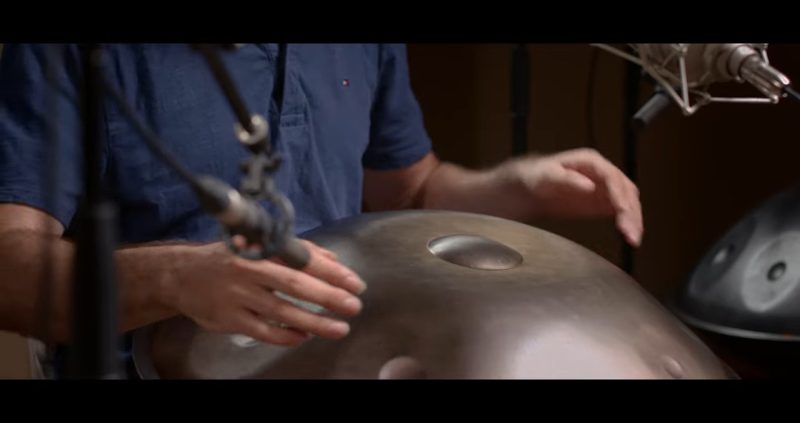I’m diving deep into Sony 360 Reality Audio, breaking down the immersive audio format that’s revolutionizing how we experience music. This isn’t just another technical walkthrough – it’s a passionate exploration of spatial audio’s potential.
Sony 360 is fundamentally an object-based delivery technology designed to create adaptive music experiences across different listening environments. Unlike traditional channel-based formats, it uses up to 128 objects that can dynamically adjust to whatever playback system you’re using – whether that’s high-end speakers, soundbars, or headphones.
My professional workflow involves a 13-channel speaker array that’s the master format, but I’m quick to emphasize that consumers won’t typically have this setup. The magic happens in how these objects can be intelligently redistributed across different listening scenarios. It’s not about having 13 speakers; it’s about creating a flexible, immersive experience.
When I’m mixing in Sony 360, I’m thinking about spatial composition differently. Gravity, tonality, and energy distribution become critical. Where am I pulling the listener’s attention? How do frequencies behave differently when moved around the sonic space? These aren’t just technical considerations – they’re artistic decisions.
Mastering in this format is complex. I’m essentially doing stem mastering, maintaining the integrity of each object while ensuring the mix translates beautifully across different playback systems. The Walk Mix plugin is crucial, allowing precise object placement and even featuring a sophisticated limiter that uses a mono side-chain trigger from the 13-channel render.
A key philosophy I’m advocating is that these immersive formats aren’t just stereo with extra speakers. They’re a fundamentally different listening experience. When I’m spatial remixing, I’m not just trying to recreate the stereo master – I’m creating a complementary, immersive version that respects the original while offering something new.
The current technical limitations – like being restricted to 24 objects at the consumer level – don’t discourage me. I see them as temporary challenges. The technology will evolve, and we’ll continue pushing the boundaries of what’s possible. Comparing Sony 360 to Dolby Atmos reveals fascinating differences. They use different coordinate systems, have distinct binaural rendering characteristics, and approach object placement uniquely. That’s why I always recommend mixing natively in each format rather than simply porting a mix between them.
My ultimate goal is to create immersive experiences that are meaningful, not just technically impressive. Dynamics and space are the new “loud” in this format. It’s about creating depth, nuance, and emotional connection.
As the format matures, we’ll see more productions designed specifically for immersive audio, moving beyond the current paradigm of spatial remixing. But for now, it’s an exciting frontier of music production, and I’m committed to exploring its full potential.



\



